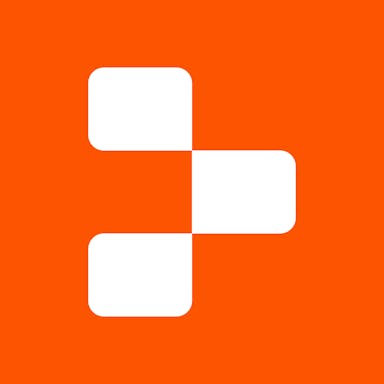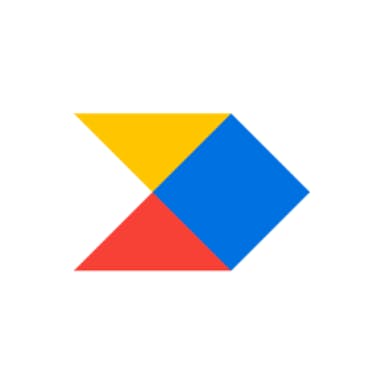Thesis
Managing the software development process is one of the most critical activities of a product company. Prioritizing the right ideas, tracking roadmaps, and maintaining quality can mean the difference between the success and death of a company. This is why issue-tracking, bug management, and project management tools are some of the oldest and most popular types of software created.
Agile software development was first proposed in 2001 as a new paradigm to speed up software development, enabling more customer input and flexibility in the development process. A year later, Jira was introduced, quickly becoming an industry standard for issue tracking and project management aligned with Agile methodology.
Many of the leading software development tools were created over a decade ago, and the underlying concepts have not evolved much since their inception. In contrast, our expectations, technologies, and software development practices have been changing. Creating high-quality software requires software development tools that meet today's evolving preferences and user expectations.
Linear is a design-focused issue-tracking tool for more enjoyable and efficient management of software development. It is built around The Linear Method, a set of principles and practices the company believes enable creators to build high-quality software. It helps track and manage issues, and also helps with broader project management and roadmap planning of software projects to help engineers, designers, and product managers work together to make software development more efficient and modern.
Founding Story
Co-founders Jori Lallo, Tuomas Artman (CTO), and Karri Saarinen (CEO) all hail from Finland and were active in the startup community in Helsinki before starting their careers in the Bay Area. Lallo and Saarinen met around 2008 as part of the Helsinki startup community, while Lallo and Artman met when an out-of-the-blue Twitter DM turned into a meeting. Artman, meanwhile, moved to San Francisco in 2012 to work at Groupon in engineering management.
Lallo and Saarinen participated in the 2012 YC batch for their collaborative bookmarking system Kippt, which was later acquired by Coinbase in 2014. Each went on to work for large tech companies in senior positions, Lallo as a Senior Engineer at Coinbase, Artman as a Senior Engineer at Uber, and Saarinen as a Principal Designer at Airbnb.
In the course of their careers prior to founding Linear, all of them had experienced the hassle of switching between various software management tools, which they felt were not as helpful or elegant as they could have been. In 2018, Lallo took a sabbatical after leaving Coinbase and pitched Artman and Saarinen on building a new tool for software engineers, inspired by their frustrations with the status quo. When they started Linear in 2019, they decided to bootstrap.
They built the first version of an issue-tracking system for small and mid-size companies. Linear’s early adopters were the cofounders’ friends, people working at small tech startups. They liked how it was highly opinionated, sleek, built for them, and fast. Linear’s product resonated. A company that started as a simple issue tracker eventually opened a waitlist and now has enterprise-level capabilities, empowering teams of various functions to interact as part of a cohesive development ecosystem.
Product
Linear is designed around the Linear Method, a set of principles that the company believes helps to create high-quality software, including saying no to busy work and starting simple before growing over time.
The product is designed with the idea that software project management tools should build with the end users – the creators – in mind. Linear believes productivity software should be opinionated and that flexible software lets everyone invent their workflows, which creates chaos as teams scale. It also believes that keeping individuals productive is more important than generating perfect reports.
Issues
Issues are the building blocks of Linear. Linear’s issues follow similar ticketing procedures to most task management software, where users can define the issue, add notes, assign a user, and set status. In addition, users can add priority, labels, estimates, issue relations, references, and due dates to issues.
Properties carry over to new issues, and drafts save automatically. It offers issue templates to write issues faster. Linear enables users to import issues from other issue trackers, and its issue migration assistant supports Jira, Asana, GitHub Issues, and Shortcut.

Source: Linear
Issues automatically detect links from numerous sources including GitHub, Gitlab, Sentry, Loom, Figma, Slack, and more, and can embed them into the issue. This saves user time from opening links and leaving Linear.
Integrations support issue creation from numerous sources outside of the Linear interface, such as for bug tracking from a discussion in Slack and Discord or from customer support teams via Intercom, Front, or Zendesk.
Within an issue, the notes and comments sections support flexible interactions. Comments support full Markdown editing, attachments, comment threading and reacting with emojis so that users can follow the different aspects of an issues progress more speedily.
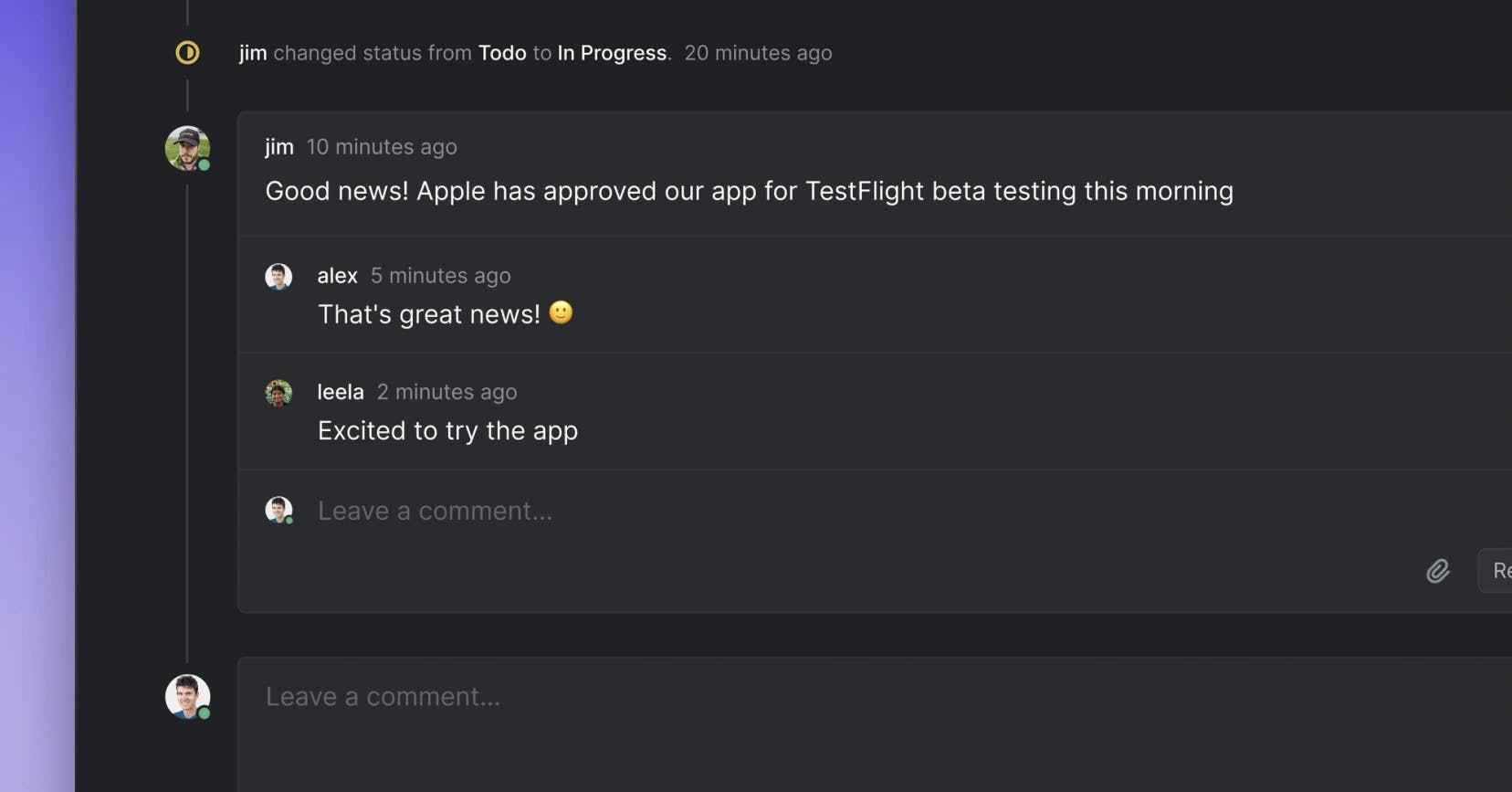
Source: Linear
Issues can be viewed and organized in several different ways:
Kanban boards such as creating a team specific board.
Projects shared across multiple teams and owners organize a collection of issues.
Lists filtered by relevant tags.
Organization wide search allows users to search for any issue.
Cycles
Cycles group work to keep up the team’s momentum. Unlike sprints, cycles are not tied to releases — they have a familiar workflow refined to create healthy routines and focus teams on what work should happen next. Linear keeps track of the progress the team is making, and users can see how many issues in the Cycle have been started and completed and identify how much scope was added and removed since the start of the cycle. Linear enables users to break down the workload in a cycle by project, label, and assignee. Cycles run on an automated schedule, and any unfinished work automatically rolls over to the next cycle.
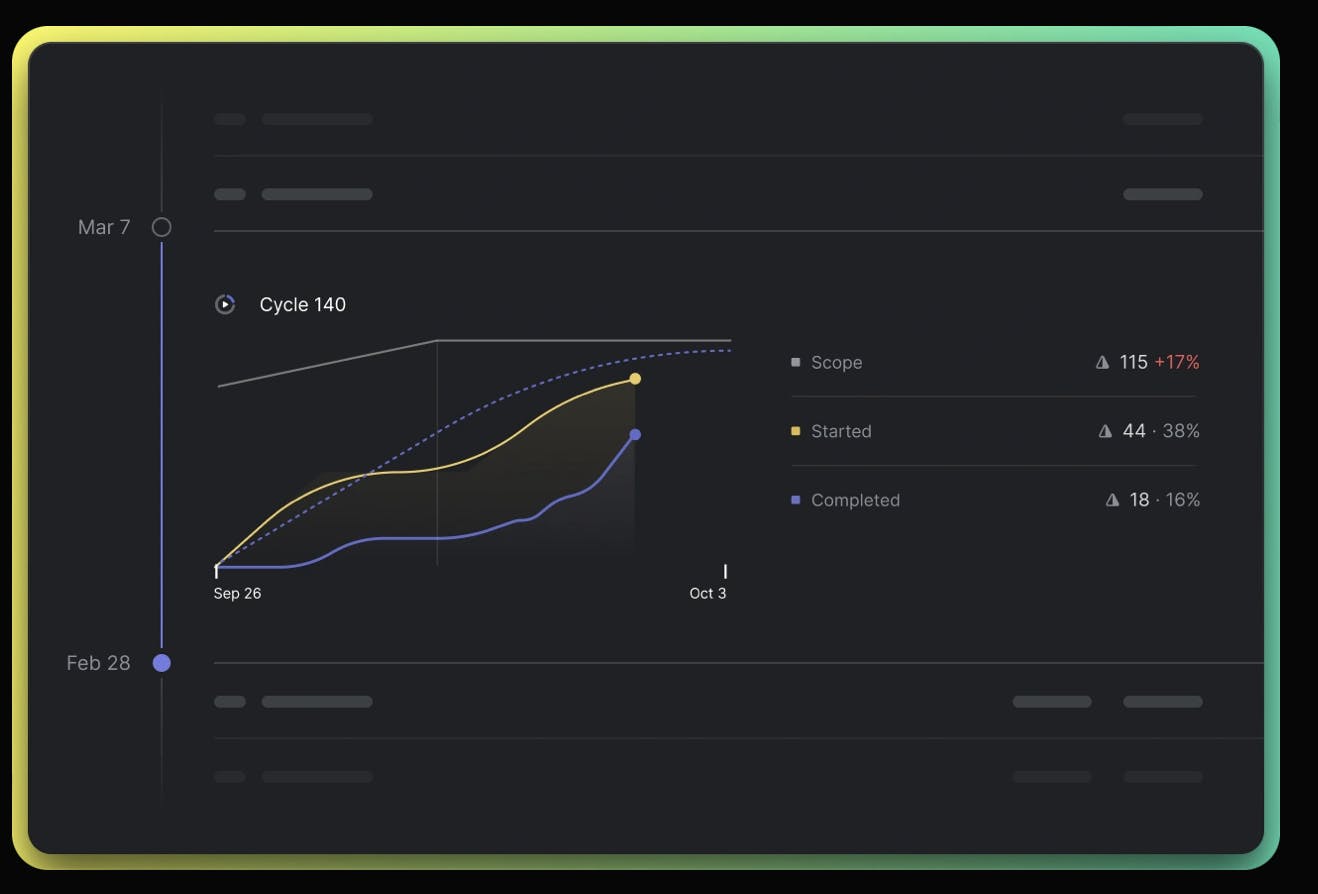
Source: Linear
Within a cycle, users can see how the scope has changed over time, filter by a project, label, or assigned user. These features allow for a detailed report on progress, blockers and bottlenecks. Historical cycle tracking also helps monitor what a team realistically can complete in a period, assisting teams in prioritizing their workload.
Projects
Projects are a collection of issues that make up a larger body of work. While a team primarily interacts with issues via team-specific boards, Linear supports planning and tracking larger pieces of work that require cross-team collaboration through projects. Projects can be shared across teams and come with their features, graphs, and notification options. Projects can also be separated from the standardized cycle workflows and have their own status, lead, team, date, and member properties.
These are separate from the owner and status of an individual issue that’s part of a project, and issues within a project can be part of a cycle. The project can host project specs and documentation, creating a single place for all relevant issues to reference back to. In addition, projects come with a forecast which notifies of changes to the expected completion date based on workload and velocity.
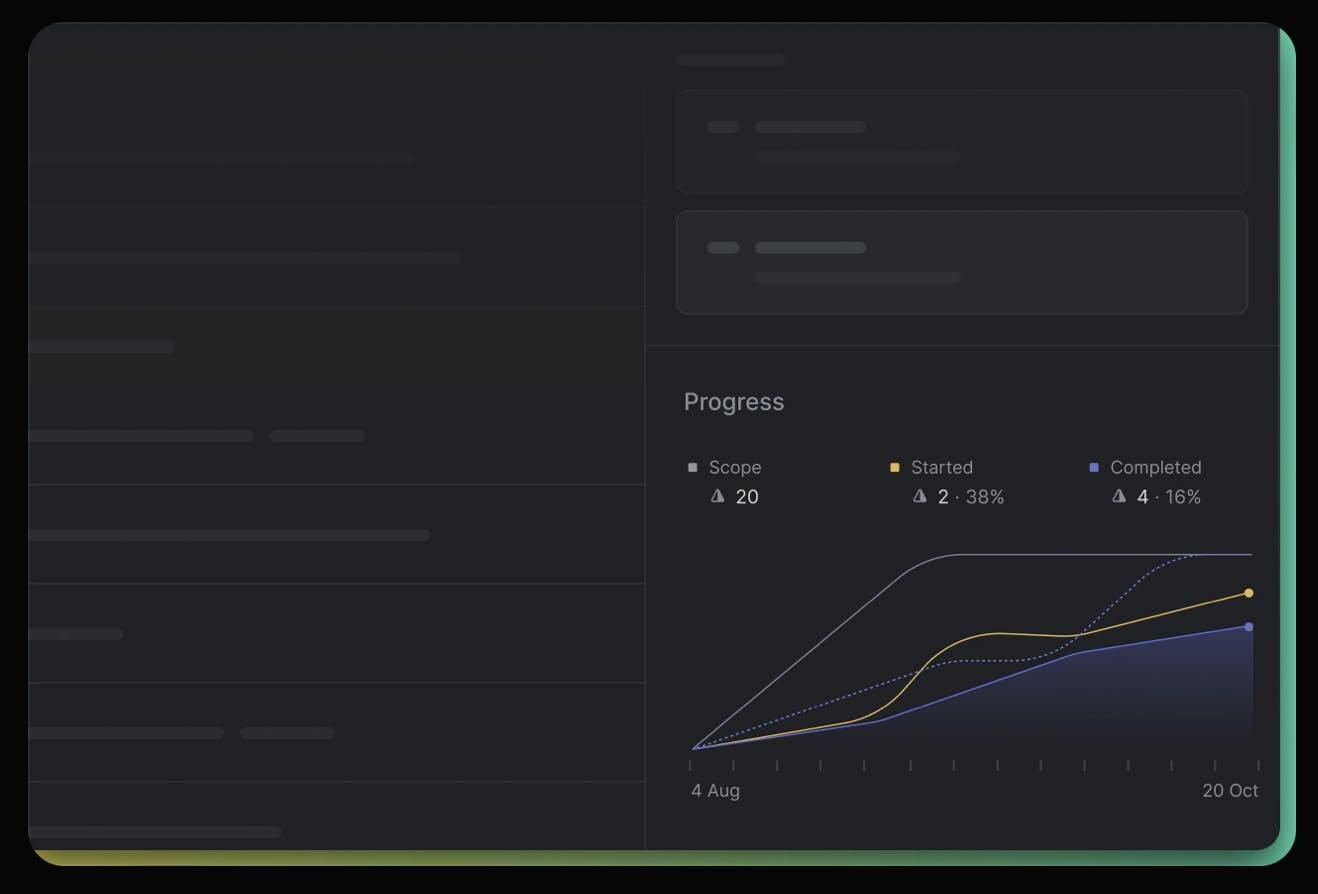
Source: Linear
Linear supports hosting project specs and other documentation within the project view, enabling simpler access in one place. With Project Documents, users can write project briefs, specs, PRDs, and other documents directly in Linear. Project Documents use Markdown and come with editing capabilities, including code snippets, tagging team members, or referencing issues.
Roadmaps
Linear allows users to view all company projects in one streamlined view or create custom roadmaps to roll projects into initiatives, product lines, or company goals. They can plan, manage, and track what needs to get done this month, quarter, and year visually. Roadmaps group together projects and enable a more holistic view of the team's work.
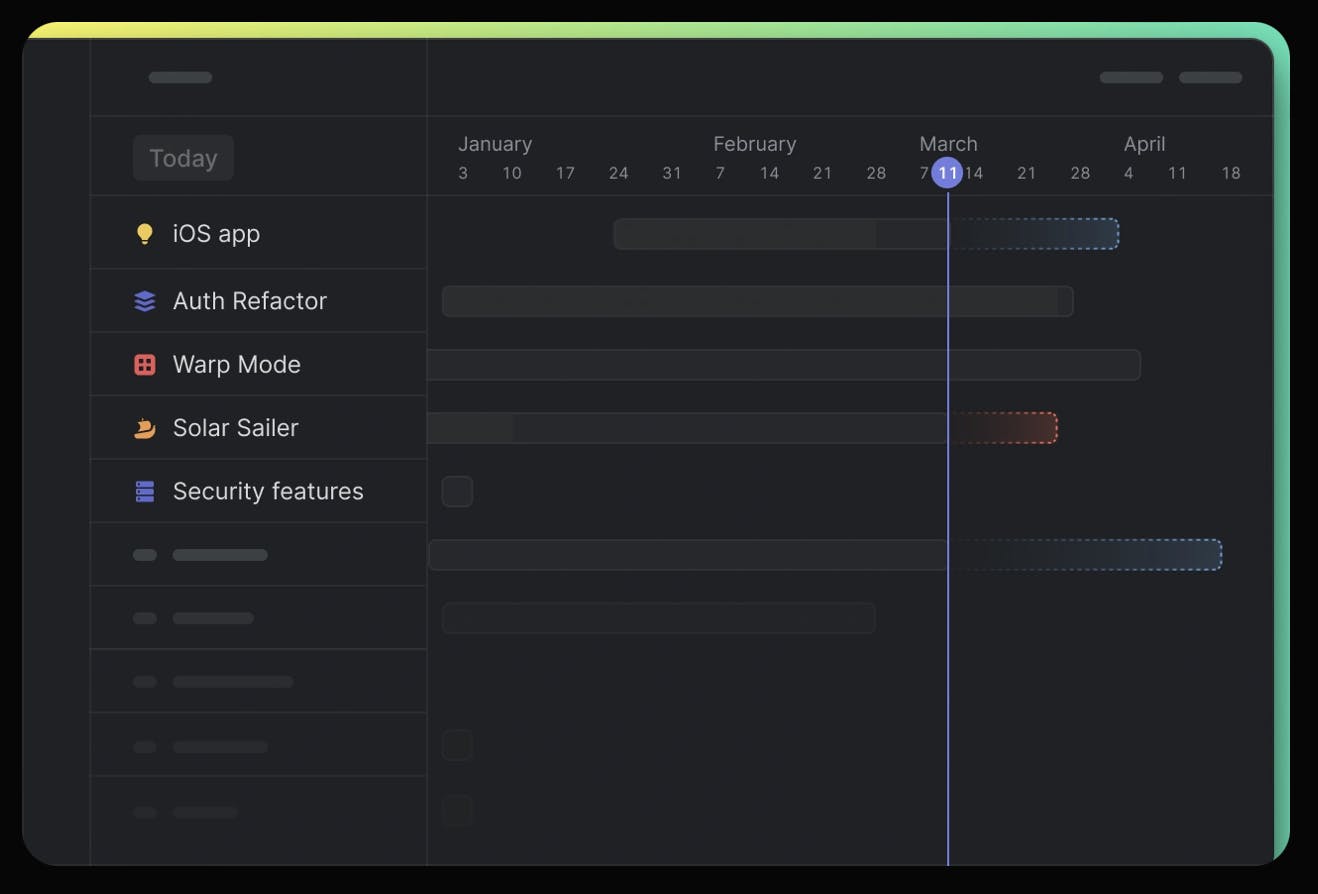
Source: Linear
Roadmaps make it easier to plan for dependencies, such as when someone will free up to work on a new project and spot projects that are falling behind or where teams may need more time or to adjust the scope. Both the roadmap and project views can be viewed as a list or timeline.
Backlog
With it’s Backlog feature, Linear provides a place for new issues and ideas to keep the backlog manageable with auto-closing and auto-archiving features. Linear can automatically close issues that haven't been updated in a set period. This saves time as users don’t have to comb through tons of closed issues manually. Linear can also automatically archive closed issues to un-clutter users’ views after a while.
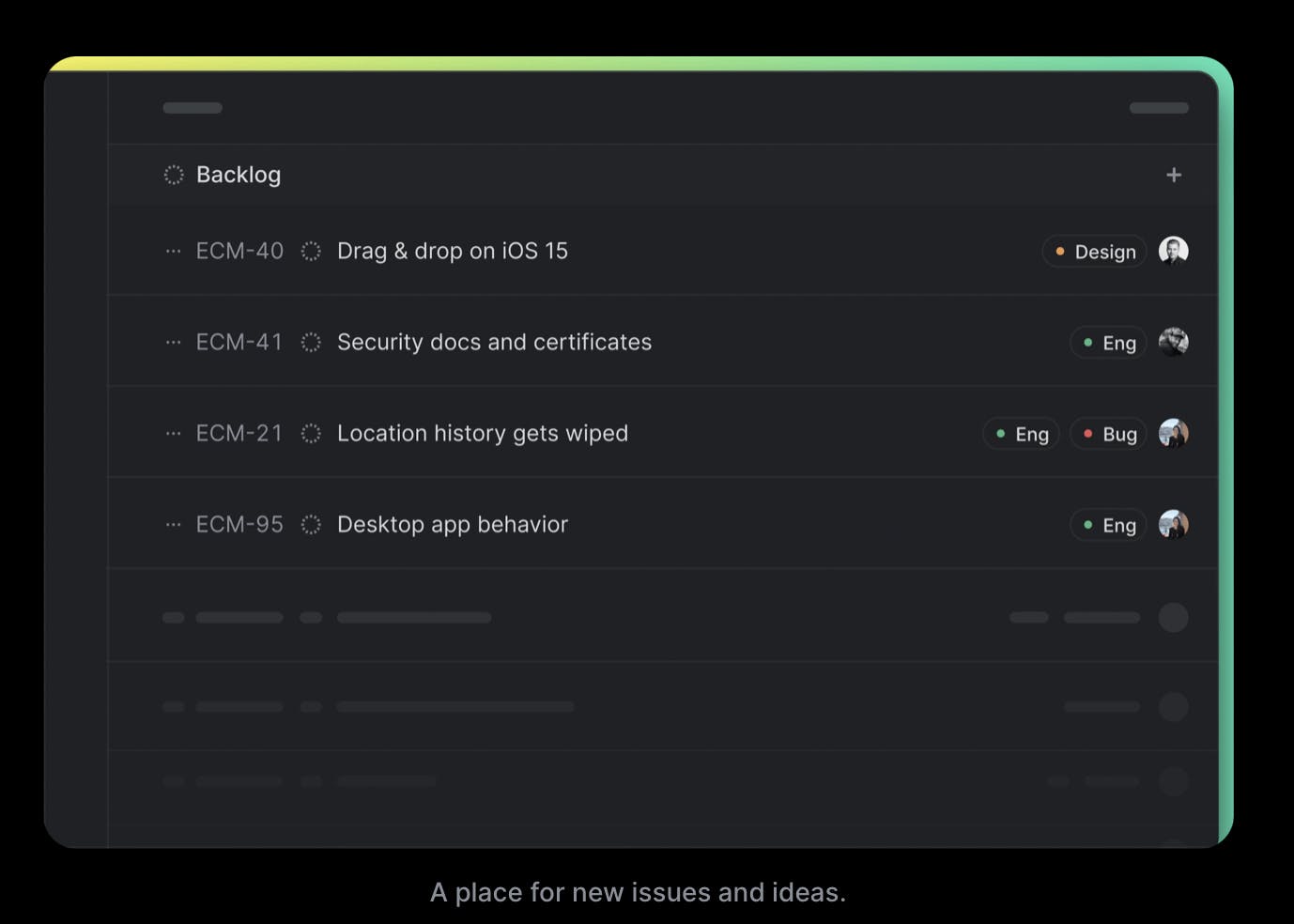
Source: Linear
Notification Inbox
The Linear inbox is a user’s notification center where user’s can directly interact with issues and quickly move through their notifications. Linear’s notification settings also support subscribing and unsubscribing to relevant tickets and getting updates directly in slack, email or desktop notifications.
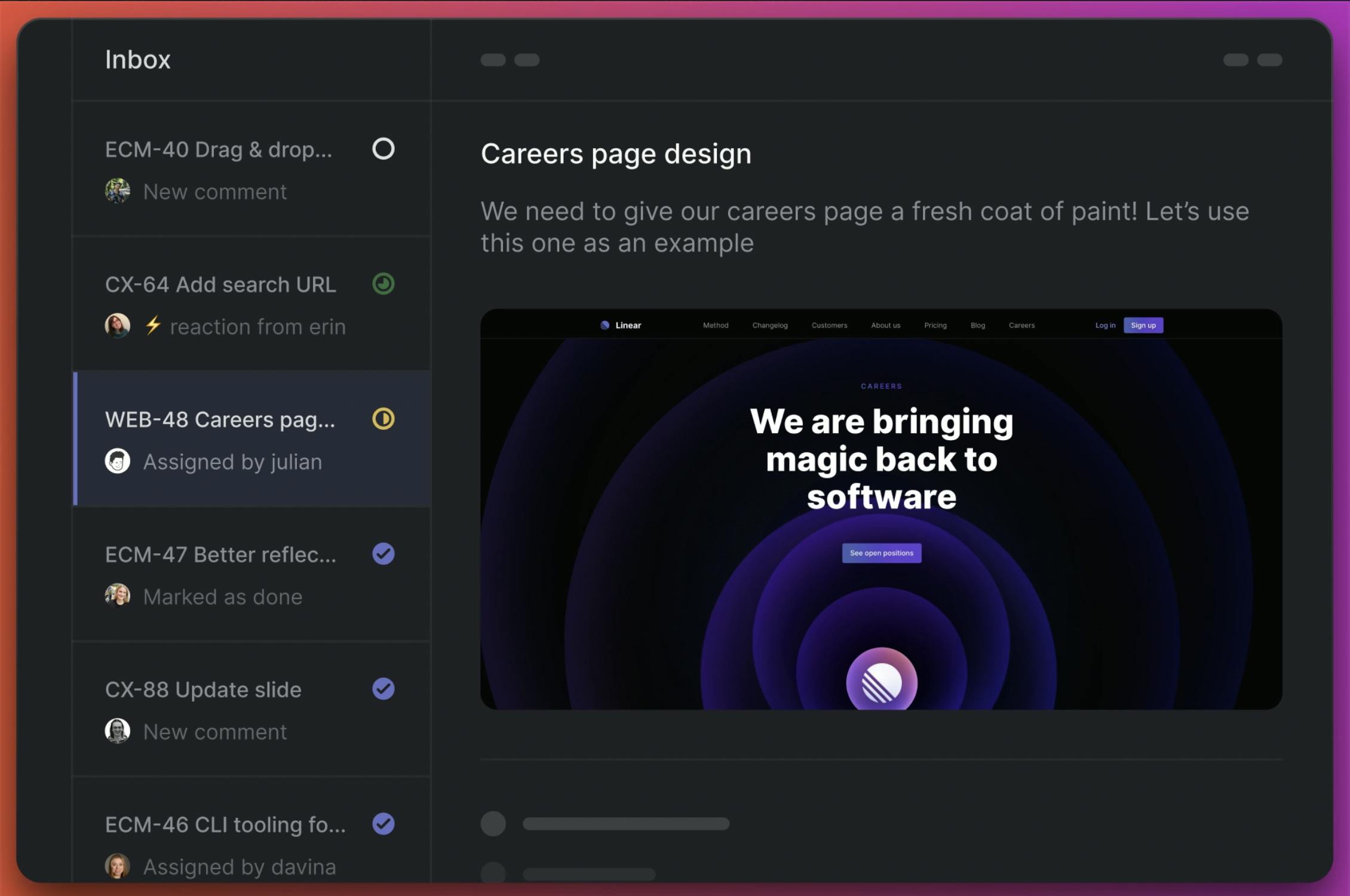
Source: Linear
Analytical Reporting
Linear also supports progress insights on projects and cycles along with the ability to export data via CSV or integrate with Google Sheets or Airbyte to create custom dashboards. Analytical Reporting directly in Linear is due to arrive to users with Plus Features in early 2023.
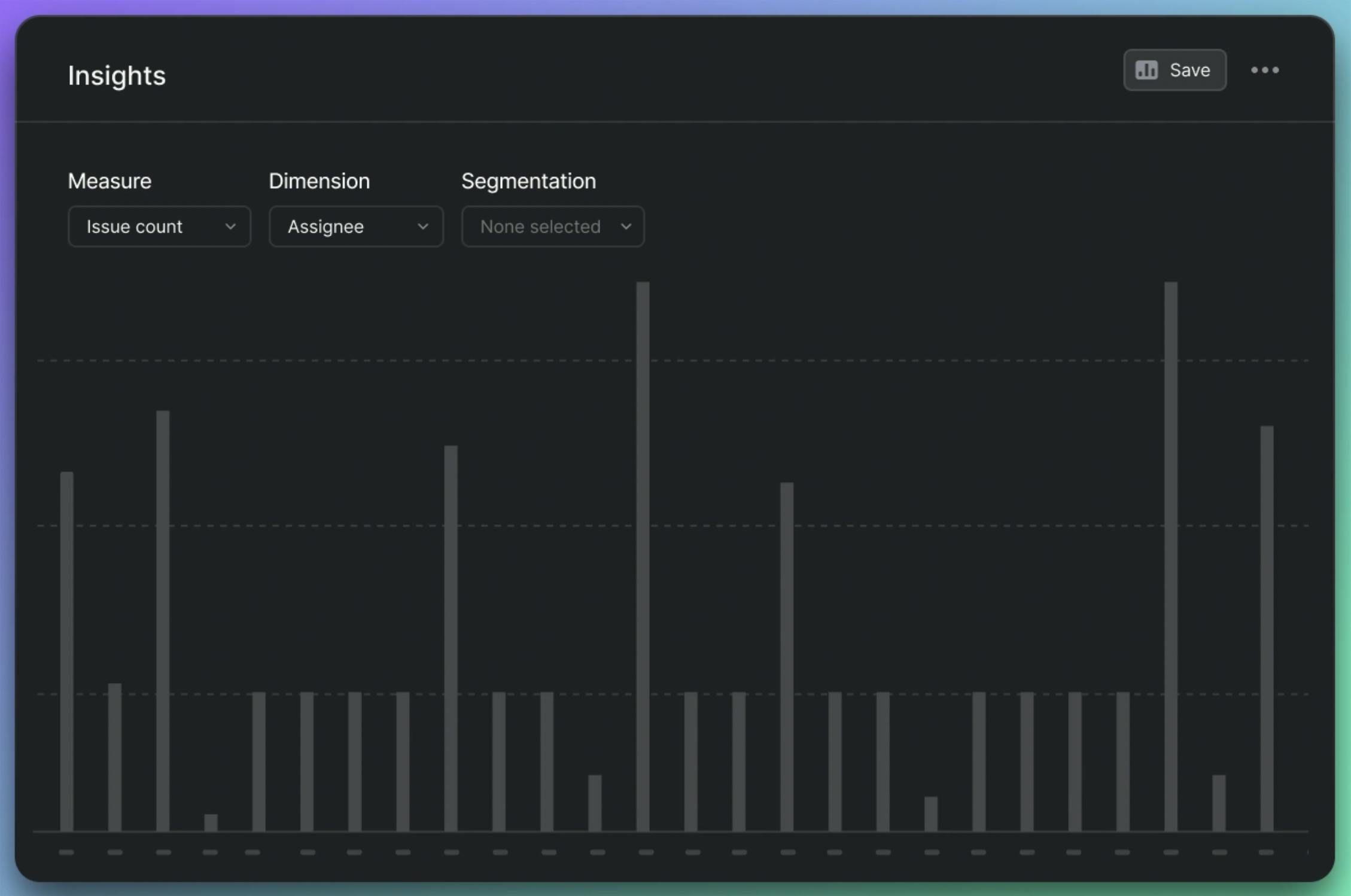
Source: Linear
Keyboard Shortcuts
Speed is one thing that Linear sees as a selling point. The product is built around a keyboard-first design with numerous shortcuts. Major actions from issue creation to filtering to search are all simplified through preset shortcuts that can also be accessed through Command Line via CMD+K. According to Linear, every major action can be executed via shortcuts, eliminating mouse clicks.
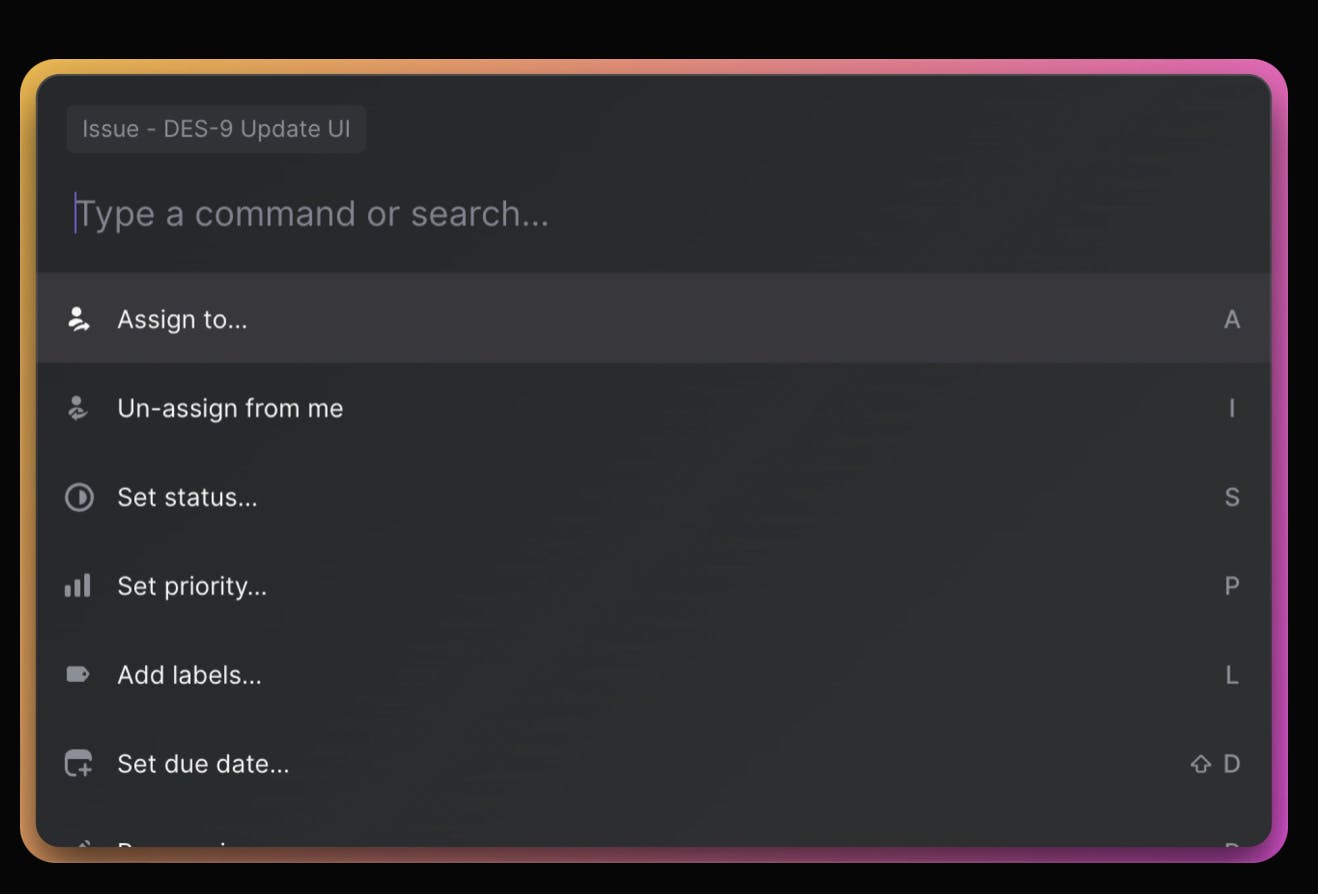
Source: Linear
Market
Customer
Engineering and product organizations are Linear’s core user basis, with an emphasis on enabling engineers to use Linear themselves (without the need for scrum masters). Linear’s early adopters were the founders’ friends working at small tech startups. Having started with small, fast-growing startups it has since expanded to larger organizations.
Linear’s customer’s now span from small tech startups to enterprise-grade organizations. Linear lists more than 60 large software companies as customers on their website, with case studies by engineering-heavy companies such as Vercel, Ramp*, and Retool.
Market Size
A Goldman Sachs report on Monday.com estimated the TAM for productivity and collaboration software between $40 billion and $70 billion in 2023. Monday.com has a market capitalization of just under $7 billion, while Asana is valued at just over $3 billion and Atlassian, the owner of Jira and Trello, is valued at $43 billion. As Linear moves to target more enterprise customers, it starts to compete more directly with these incumbents.
Competition
Jira - Jira is an issue-tracking and project-management tool developed by the Australian software company Atlassian that allows bug tracking and supports agile project management philosophy. When it launched in 2002, Jira was purely issue-tracking software targeted at software developers. It was later adopted by organizations as a project management tool.
The feature set is similar to Linear’s with its dominance driven by adoption by large enterprise organizations that need to house and organize thousands of tickets across tens of hundreds of teams. Given the complexity of Jira, it’s common for organizations to have dedicated scrum masters (sometimes called product owners) to oversee the implementation of Agile. Jira is the industry standard for the agile management methodology, which Linear’s philosophy rejects as the best way to build software products.
Monday.com - Mondaydev is the product development software offered by the Israeli productivity software company Monday.com, which was founded in 2012 and went public in June 2021. Mondaydev offers roadmap planning, bug tracking, project planning, and sprint management. It is framed as the operating system for a team across all functions and can support designs, project management, HR, operations and more.
Gitlab - This DevOps platform company enables Agile software project management. It was founded in 2014 and went public in 2021. GitLab offers team planning capabilities that link work directly to the DevOps lifecycle. The DevOps platform has features such as Continuous Delivery and Integration, Source Code Management, and even Security & Compliance. Gitlab also offers project management that can be easily integrated, creating a one-stop-shop for developers. Notably, Linear supports an integration with Gitlab suggesting that users using Gitlab still prefer leveraging Linear for project management.
GitHub - GitHub Issues is the software project planning solution from Microsoft-owned GitHub. It was founded in 2007 and acquired by Microsoft in 2018. GitHub Issues lets software engineering teams create issues, break them into tasks, track relationships, add custom fields, and have conversations.
Companies can create similar issue-tracking and project management features to Linear in products such as Notion, Trello, Smartsheet, and ClickUp, which are more general-purpose productivity software.
Business Model
Linear has a freemium SaaS business model with Free, Standard, and Plus tiers.
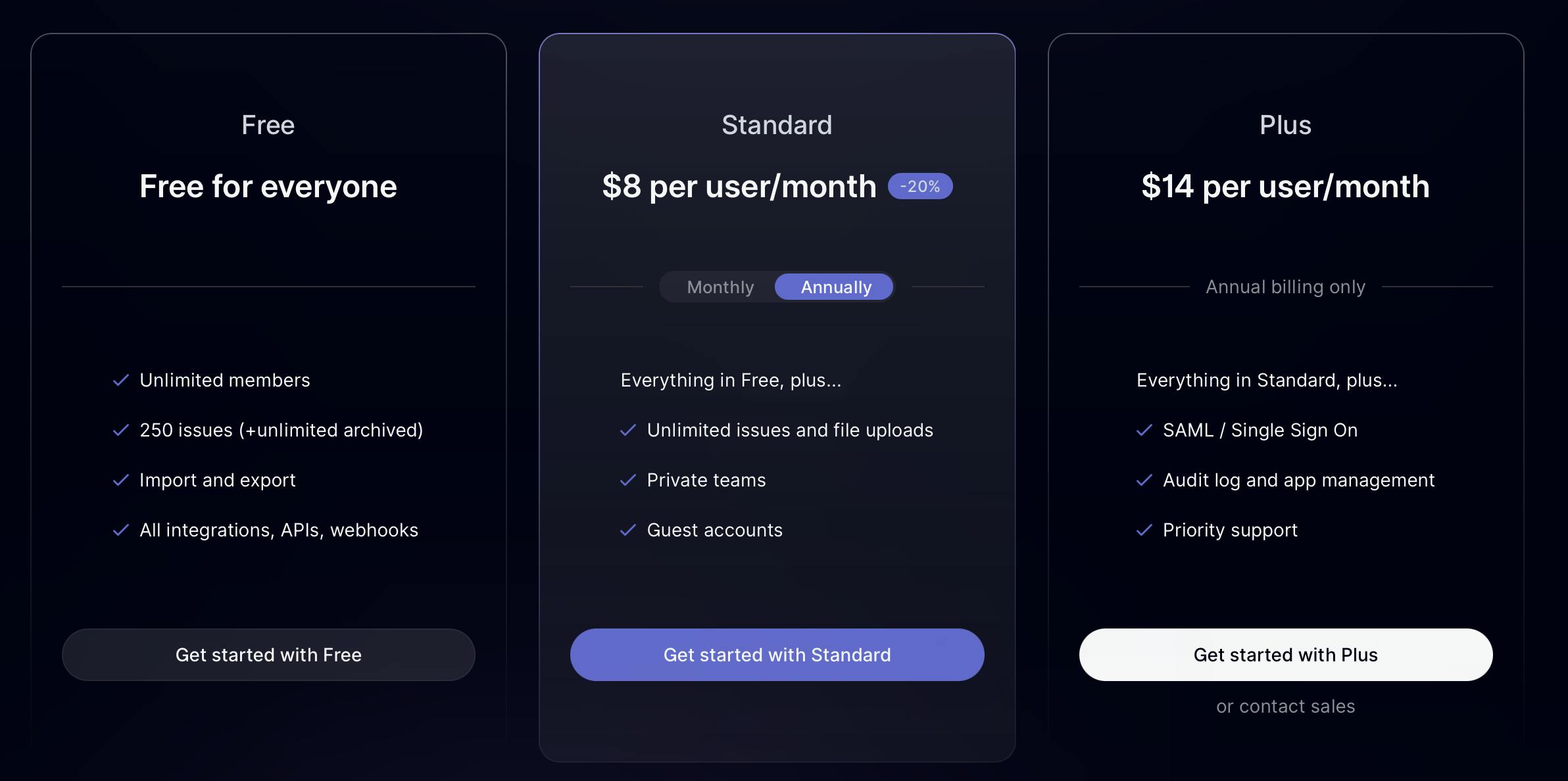
Source: Linear
The Free tier provides access to all of Linear’s product features for an unlimited number of team members with a limit of 250 active issues.
The Standard tier is priced at $10 per user per month on the monthly plan or $8 per user per month if billed annually. It provides all the features of the Free tier, but without any caps on issues, the ability to create private teams, and to add external guest accounts to view and interact with teams.
The Plus tier is priced at $14 per user per month, billed annually, and includes all the Standard tier features with more enterprise-specific additions. It supports Single Sign On, audit logs, and provides priority support which is more suited to larger organizations with greater security needs.
Traction
Linear exited private beta in June 2020 and by June 2021 the company was profitable. CEO Karri Saarinen tweeted that the company has had negative lifetime burn, with more cash in bank than they have raised. He also reports thousands of companies are using Linear at present. While exact user numbers are not published, Linear has 419 upvotes for their launch announcement on HackerNews, 2.1k upvotes on Product Hunt, and 43K followers on Twitter as of February 2023. The team had grown to 35 employees as of February 2023.
Valuation
Linear has raised two rounds, both led by Sequoia Capital. A $4.2 million Seed was raised in November 2019 at an undisclosed valuation, followed by a $13 million Series A in December 2020, also at an undisclosed valuation. Linear has not announced any further fundraising since its Series A.
Key Opportunities
New Startups
Linear’s initial product focus was on small engineering teams. Building a simple product has positioned Linear as the easiest way to start building software that resonates with its current users. The more new startups that form or engineering organizations get set up without the baggage of existing enterprise-wide processes, the more entry points for Linear present themselves.
Tooling
Linear is a bet on tools defining how teams work and the types of products they build. Its ReadMe tells a story that a particular ethos of work is embodied in the process by which products are made and that the status quo brought about by dominant Agile methodologies has halted visionary software development. This narrative has been captured in the high amount of praise that users have given Linear online. In a world where engineering teams grow more critical to a business’s competitiveness, Linear’s narrative and engineer-focussed approach presents an opportunity to expand within companies and become a default tool to attract talent.
Switching Costs
Linear’s keyboard-first design with shortcuts enables a speedy workflow. As Linear gets widely adopted, it increases the user's familiarity with a certain way of doing software development management. That increases the switching cost to transitioning to another platform. Similar to the demand for products such as Excel and Superhuman, heavy users of a tool, regardless of its function, find it critical to save time and work in fluid ways without distraction. As users become accustomed to these workflows, there is friction in moving to new software where the UI/UX fails to support their workflows or whose shortcuts are different.
Expanding Beyond Developers
The crux of Linear has been its simple developer focus. However, the number of integrations Linear supports makes it clear that most functions across a technology company interacts with engineering issues (such as customer support filing a ticket for a bug, designers filing tickets and adding figma files). If Linear is able to bring the same simplicity and speed to additional functions, while not becoming so complex that it can only be used by dedicated experts, its TAM could expand from developers to entire technology companies.
Key Risks
Product Demands From Enterprise Customers
The inverse of new startup formation is a curbing of SaaS expenses more broadly, which was a common theme for organizations in 2022. Despite this, Linear continued to experience growth over the year, proving its value for fast-moving software teams. This may, however, sour some of the enterprise growth and penetration that was noted as a focus for the coming year, as some of their target clients may not want to invest in products that cannot be used by everyone in the company. Linear has a more specialized focus on engineering teams and is less attuned to the workflows of enterprise organizations. Jira, whose bloat Linear aims to target, supports everything in an organization. Customers may be more focused on full-stack enterprise tools.
Macroeconomics and tool consolidation
In 2022 and 2023, given the macroeconomic environment, small and large tech organizations are consolidating their tooling to reduce SaaS spend. Given Linear’s developer focus, and lack of features to support org-wide features (the way that Notion, Asana, and others are positioned to do), Linear customers may consider cutting them from the budget. Similarly, teams already using Gitlab for DevOps may leverage Gitlab for project management instead of adding the cost of Linear.
Summary
By focusing on simple onboarding, sleek design, and speed, Linear is removing some of the process bloat inherent in Agile workflows with Scrum Masters and rigid product development guidelines. By building issue-tracking software engineers want to spend their time in, Linear aims to change how products are developed, encouraging more attention to decisions and enabling builders to play a more active role in development. As a result of building both a product and a methodology, Linear is connecting with its users on a fundamental level, aiming to make their tool a decision-making factor when talented builders choose their employers. Because of its focus on appealing to engineering teams, it faces risks in companies cutting software expenses where universal use is a deciding factor. Linear’s changelog, which tracks its product’s evolution, is a good source to keep track of how the team addresses these broader needs and more firmly establishes itself in a company’s culture.
*Contrary is an investor in Ramp through one or more affiliates.


